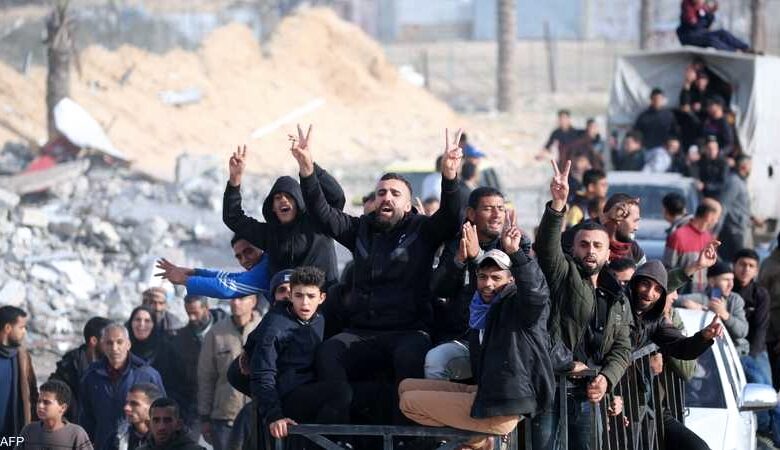
Ceasefire in Gaza: A Fragile Hope Amid Ruins and Resilience, After months of relentless violence and humanitarian suffering, a ceasefire agreement in Gaza has finally been reached, marking a critical — though fragile — step toward ending one of the most devastating chapters in the region’s history.
A Long-Awaited Pause in the Fighting
The truce, brokered by Qatar, Egypt, and the United States, officially went into effect at midnight local time. Both Israel and Hamas have confirmed their acceptance of the terms, though mutual distrust and regional tension remain high.
The ceasefire follows weeks of intense diplomatic mediation, with world leaders, including U.S. Secretary of State Antony Blinken and UN Secretary-General António Guterres, calling for “an immediate end to hostilities and unrestricted humanitarian access to Gaza.”
Key Terms of the Ceasefire Agreement
According to official sources and leaked negotiation documents, the agreement includes the following provisions:
- Complete cessation of military operations from both sides.
- Gradual withdrawal of Israeli forces from densely populated areas within Gaza.
- Immediate entry of humanitarian aid, including food, water, fuel, and medical supplies, under UN supervision.
- Exchange of prisoners and detainees, with a phased release of hostages held in Gaza in exchange for Palestinian prisoners.
- Reconstruction framework, led by an international coalition to rebuild civilian infrastructure destroyed in the war.
- Security guarantees monitored by Egypt and Qatar to prevent renewed escalation.
International Reactions and Cautious Optimism
World leaders welcomed the announcement with relief but warned that the truce must be accompanied by a credible peace process.
U.S. President Joe Biden praised the mediators, saying:
“This ceasefire is a necessary first step, but true peace requires commitment from both sides to uphold humanitarian values and work toward a two-state solution.”
European Union officials also urged for “long-term political dialogue” to prevent future cycles of violence, while the UN Human Rights Council emphasized the need for accountability over alleged violations during the conflict.
Life After the Fire
For Gazans, the ceasefire offers a momentary breath of relief — but also an overwhelming task of rebuilding lives amid destruction.
Local aid organizations estimate that over 70% of Gaza’s population has been displaced, with thousands of homes reduced to rubble. Hospitals remain overwhelmed, and clean water remains scarce.
“I can finally let my children sleep without fear,” said Amina Al-Haddad, a teacher from Gaza City. “But peace must be more than silence between bombs — it must mean a chance to live again.”
The Road Ahead
Despite the agreement, analysts caution that the ceasefire remains fragile. Previous truces have collapsed within days due to renewed rocket fire or military raids.
Regional observers note that lasting peace will depend on addressing the root causes — including the blockade on Gaza, political divisions, and unresolved issues surrounding Palestinian statehood.
Conclusion: Hope Beyond the Rubble
The Gaza ceasefire stands as both a diplomatic victory and a humanitarian necessity. It signals that, even in moments of deep despair, dialogue remains possible.
Whether this truce endures will depend not only on leaders but on the collective will of all those who refuse to let war define their future.




